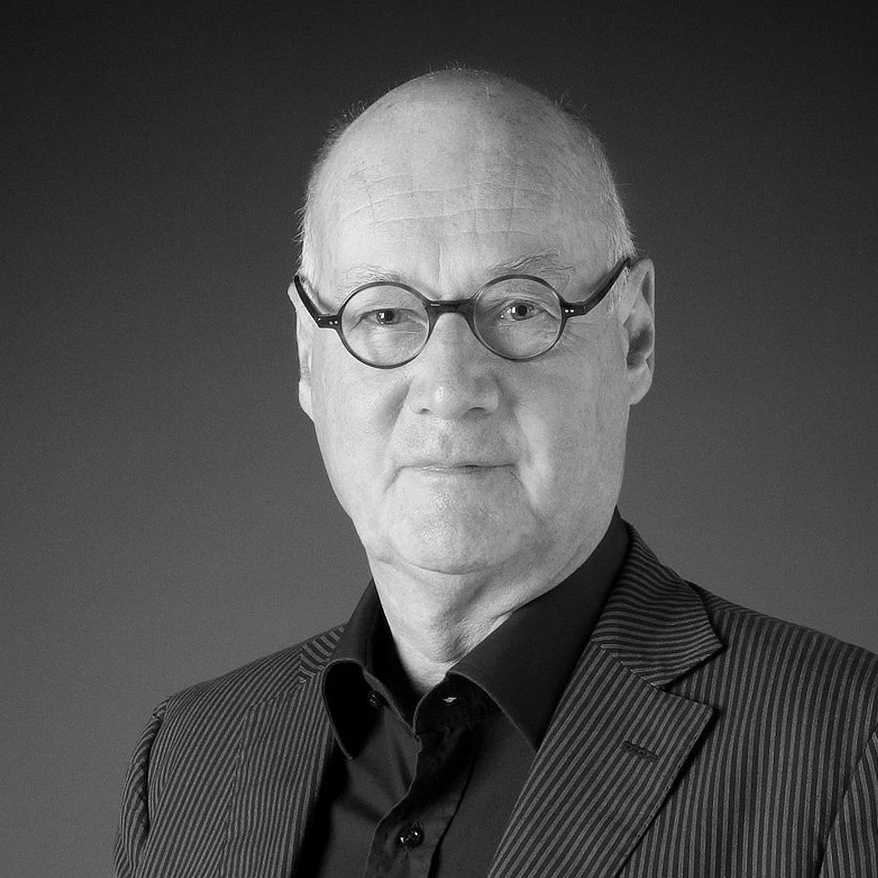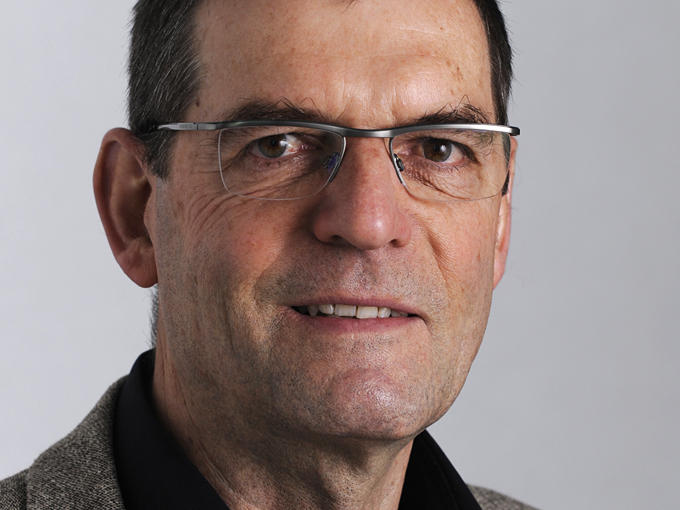In memoriam
Kurt W. Forster (1935–2024)

Kurt W. Forster studied art history, archaeology and German literature at the University of Zurich and obtained his doctorate in art history there after extended periods of study in Berlin, Munich and Florence. He was then first assistant professor and then professor at Yale University New Haven before moving to the University of California in Berkeley and later to Stanford University. From 1975 to 1977 he headed the Swiss Institute in Rome, from where he subsequently moved back to Stanford and then to the Massachusetts Institute of Technology. In 1984, he was appointed the first director of the Getty Center for the History of Art and the Humanities in Santa Monica. On April 1, 1993, the Swiss Federal Council appointed him full professor of architecture and art history at ETH Zurich, where he was head of the Institute of the History and Theory of Architecture (gta) from 1998–1999. On April 1, 1999, he took early retirement from ETH Zurich to accept an appointment at the Canadian Centre for Architecture in Montreal. He taught at Yale University and Princeton University until 2021.
Kurt W. Forster left behind a rich and highly regarded oeuvre. His writings and interests focused on the art, architecture and urbanism of the Renaissance, Mannerism and the nineteenth and twentieth centuries. His research focused on the city of Mantua, Karl Friedrich Schinkel, Aby Warburg, Giuseppe Terragni, Carlo Scarpa and Peter Eisenman. His research also combined the history of art and architecture with the history of the natural sciences, music and literature.
In the course of his academic and institutional career, Kurt W. Forster has also developed a wide range of activities as editor and co-editor of specialist journals and organizer of scientific conferences. In 2004 he was director of the 9th Venice Architecture Biennale. The New School for Social Research in New York awarded him an honorary doctorate.
As a teacher, Kurt W. Forster, with his personality, charisma, humor and didactic skills, was able to inspire students with enthusiasm for the history of visual culture and encourage them to reflect critically on their work.
Hansjürg Leibundgut (1949–2023)

Hansjürg Leibundgut studied mechanical engineering at ETH Zurich, specializing in reactor technology and fluid dynamics. During his time as a research assistant at the Institute of Food Science, he specialized in the fields of solar technology and absorption technology. He completed his time at the ETH with a dissertation in these two specializations. After several years of industrial experience in the R&D field of absorption refrigeration technology, he moved to the administration of the Canton of Zurich and quickly became the chief official responsible for the areas of energy, air hygiene and technology in the 1500 state buildings. In 1989, he returned to the private sector and became co-owner and chief engineer of Amstein + Walthert AG. Within this company, he built up the specialist areas of HVACSE, facility management, dynamic building simulation, etc. and supervised more than 100 projects for a wide range of architects.
Hansjürg Leibundgt was a full professor of building technology at the Institute of Technology in Architecture ITA from 2005 until his retirement in 2015.
His research and teaching focused on reducing CO2 emissions from building operation using the LowEx Zero Emission approach. Derived from thermodynamics, this allows energy flows in buildings to be used as effectively as possible. With his research group, he developed pioneering methods for the planning and analysis of such systems, as well as specific building technology concepts and components, which he developed with companies, implemented in research buildings and thus brought closer to practical application.
In 2007, with 'Via Gialla', he designed a visionary path towards emission-free architecture, which was still receiving little attention at the time. The core of this path is efficient building technology that harnesses the existing energy potential of the environment to supply the building. The diverse use of solar energy makes it possible to dispense with fossil fuels and at the same time create architectural and design freedom. The '2sol' alliance initiated by him ultimately brought together companies that successfully put these approaches into practice. Hansjürg Leibundgut's energy, his visionary spirit and his tenacity not only inspired his colleagues and students, but his ideas and concepts have shaped building in Switzerland and worldwide far beyond the ETH.